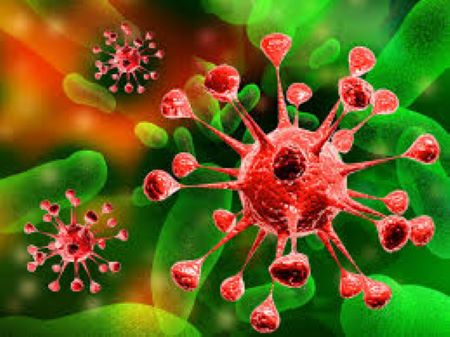A new World Health Organisation (WHO) report reveals slow progress in addressing healthcare-associated infections (HAIs), nearly five years after COVID-19’s emergence. While 71% of countries now have active infection prevention and control (IPC) programs, only 6% met WHO’s minimum IPC requirements in 2023-2024, far below the 90% target set for 2030.
HAIs, particularly in low- and middle-income countries (LMICs), pose a significant threat, with patients facing up to 20 times the infection risk compared to those in high-income countries. Basic IPC measures, combined with water, sanitation, and hygiene (WASH) services, are highlighted as cost-effective strategies to reduce HAIs and antimicrobial resistance (AMR).
ALSO READ WHO: Africa advances HIV fight as 7 nations achieve UNAIDS 95-95-95 targets
WHO Director-General Dr. Tedros Adhanom Ghebreyesus emphasized the urgency: “Every country must do more to prevent infections in health facilities and control them when they strike.”
The report warns that without urgent action, up to 3.5 million patients could die annually from HAIs. Strengthened IPC measures could avert 821,000 deaths yearly by 2050, saving up to $112 billion in healthcare costs and generating $124 billion in economic gains.
WHO has called on countries to prioritize IPC programs and fulfil all minimum requirements by 2030 to safeguard patients and healthcare workers.



